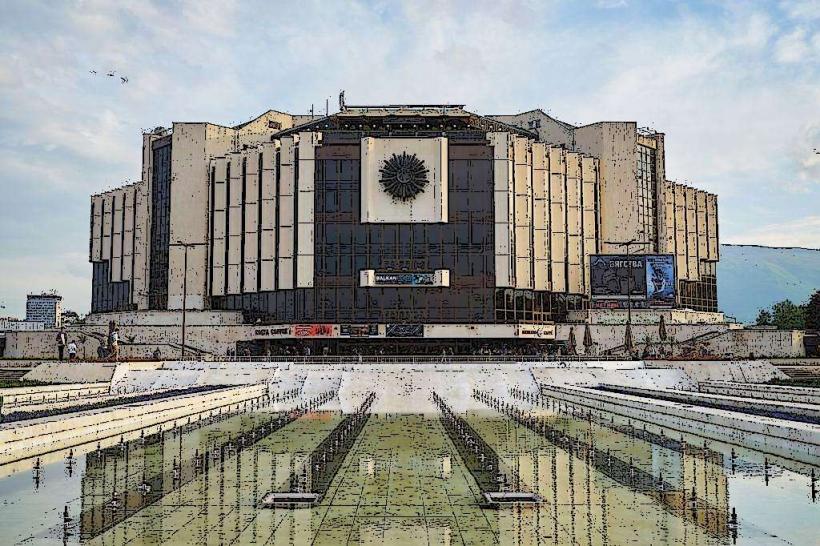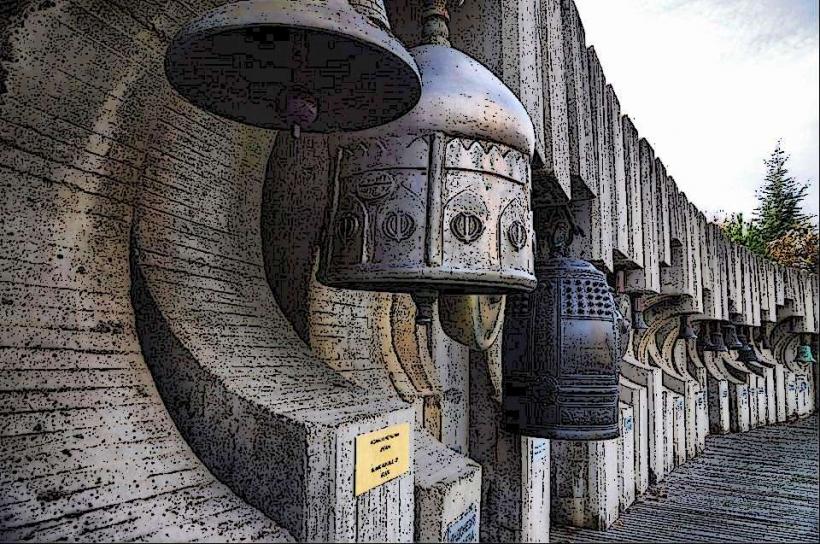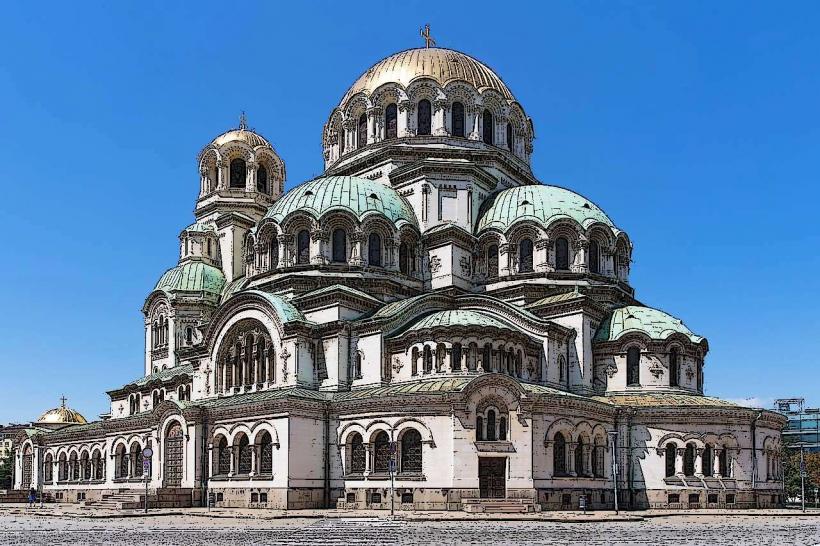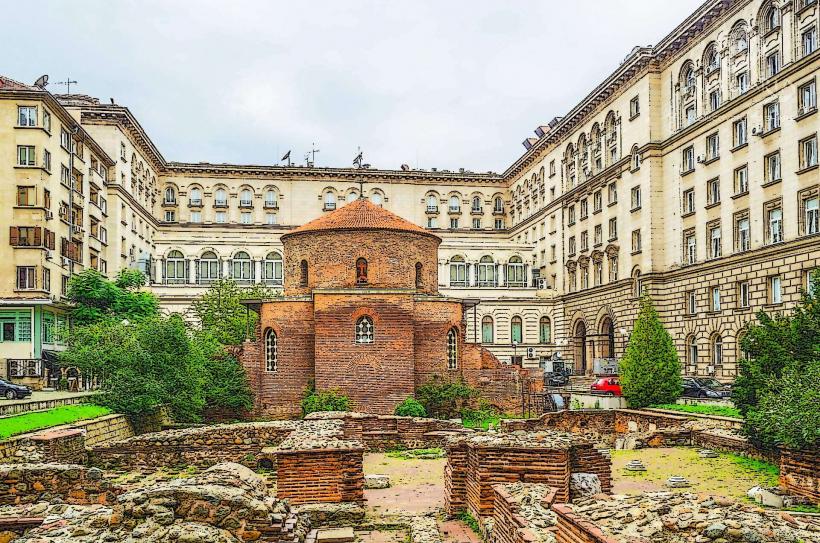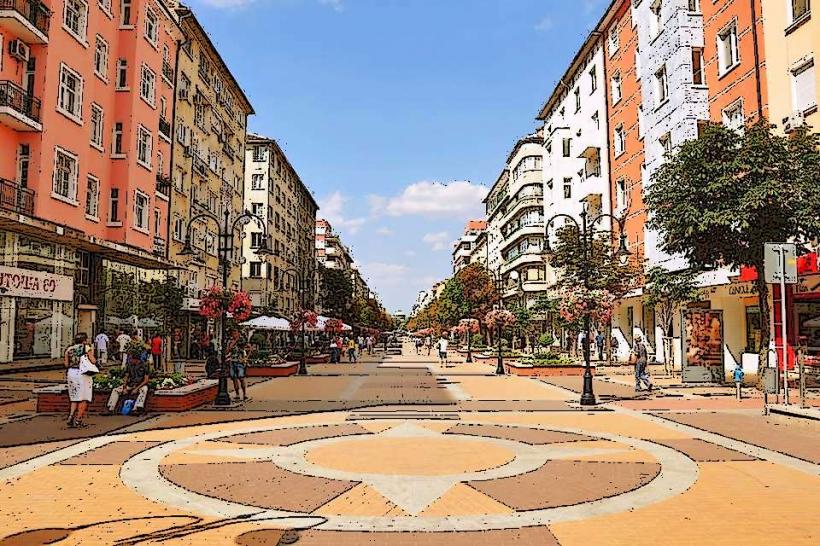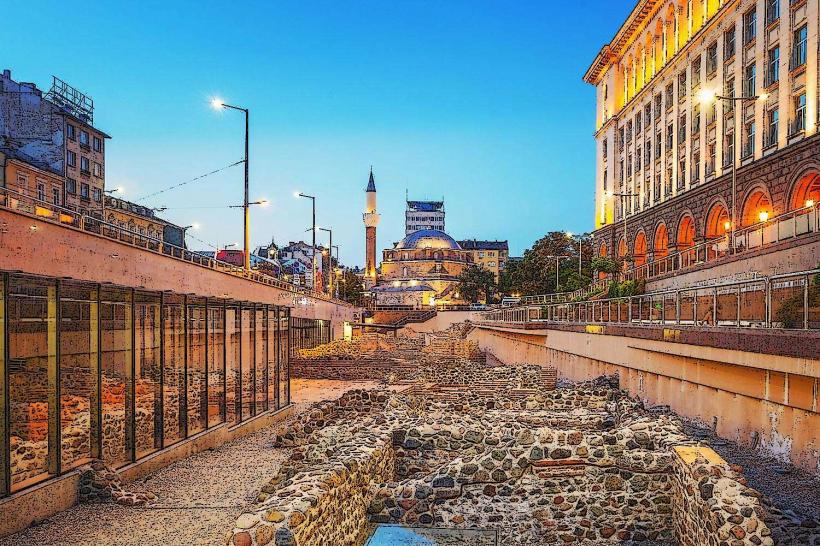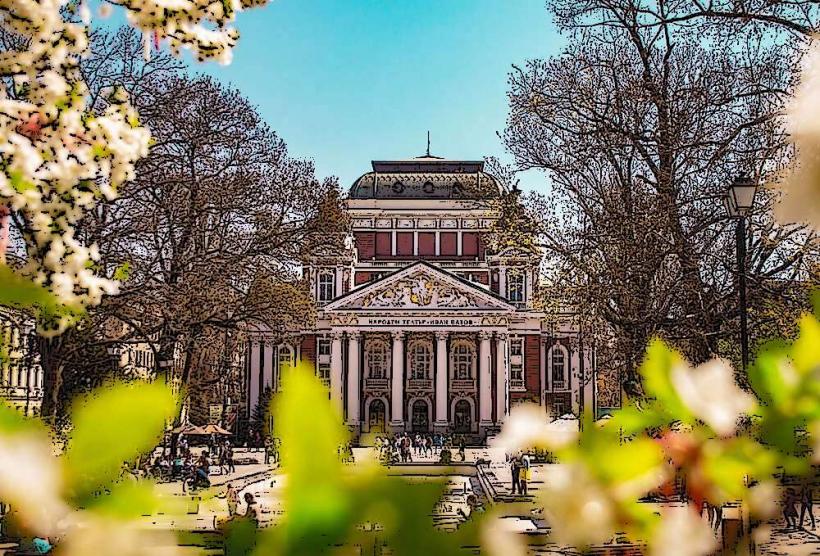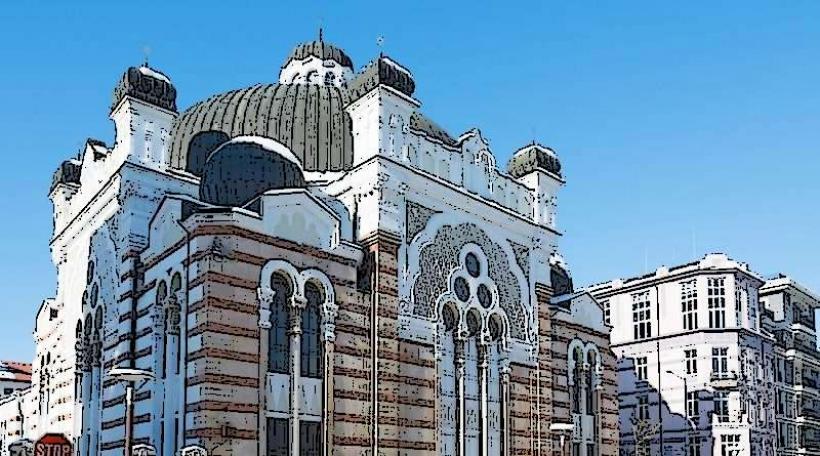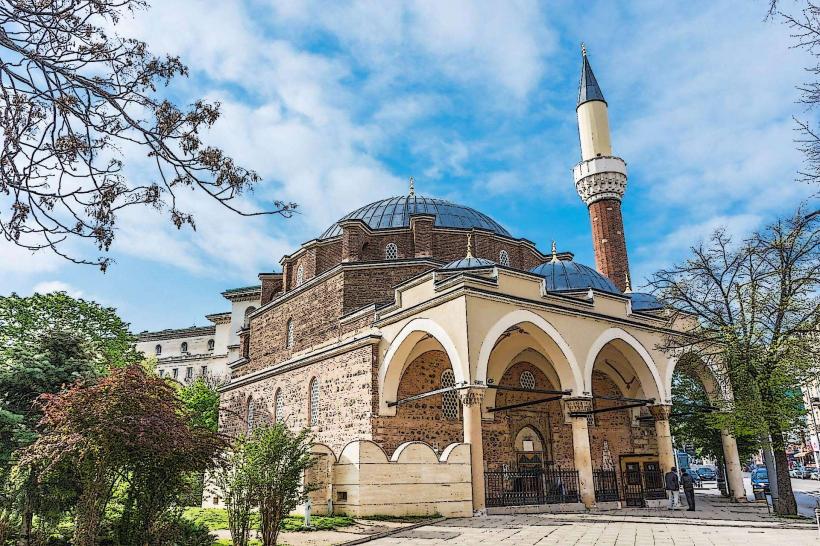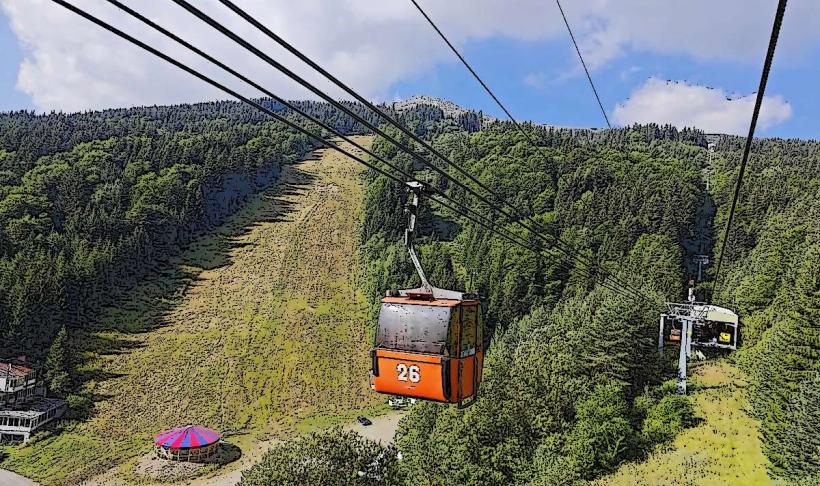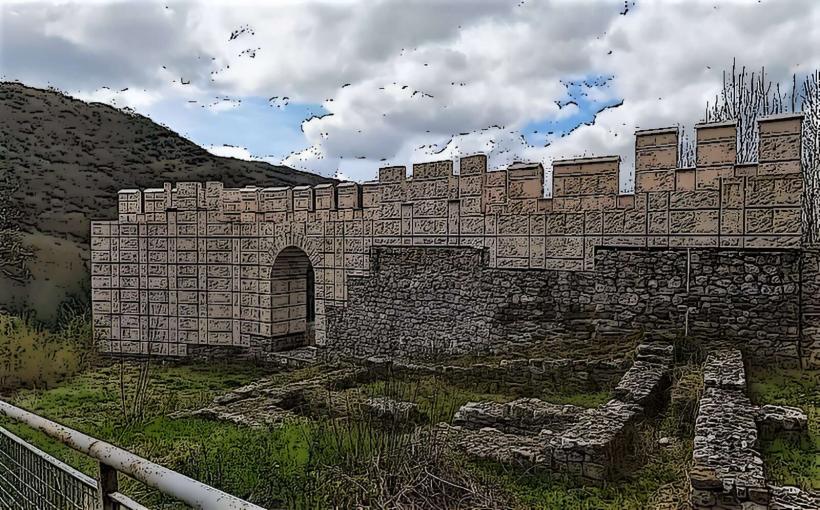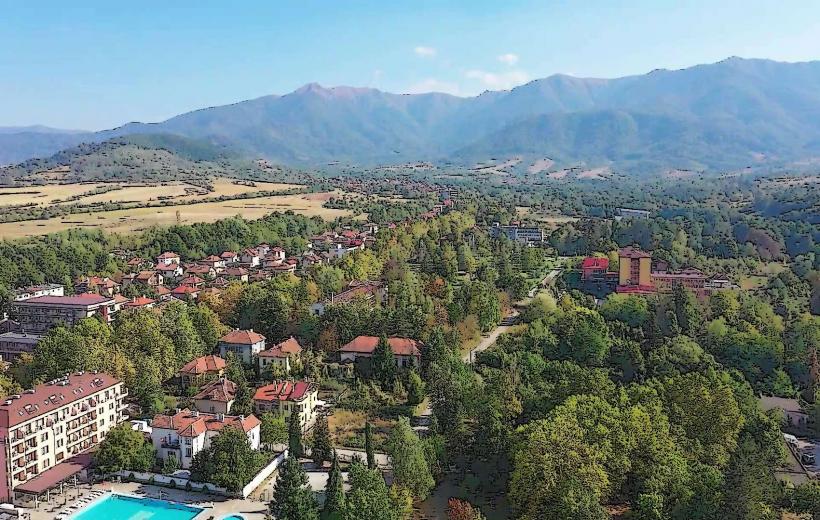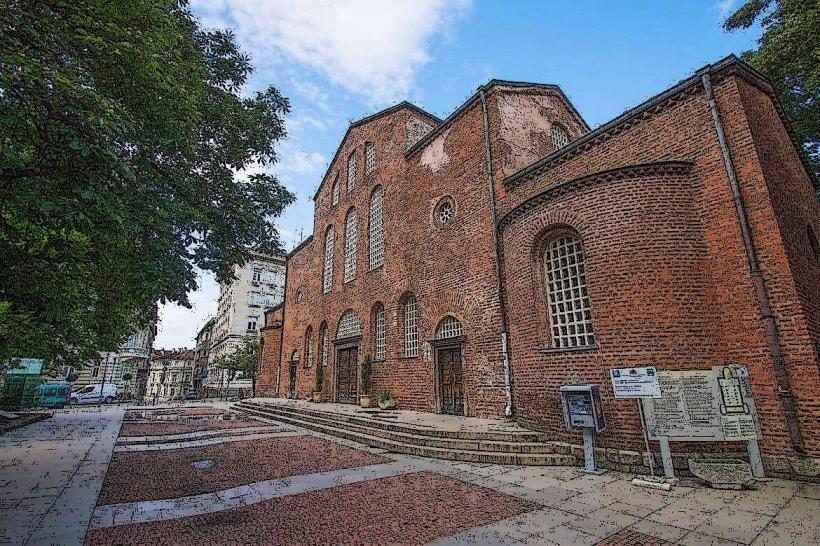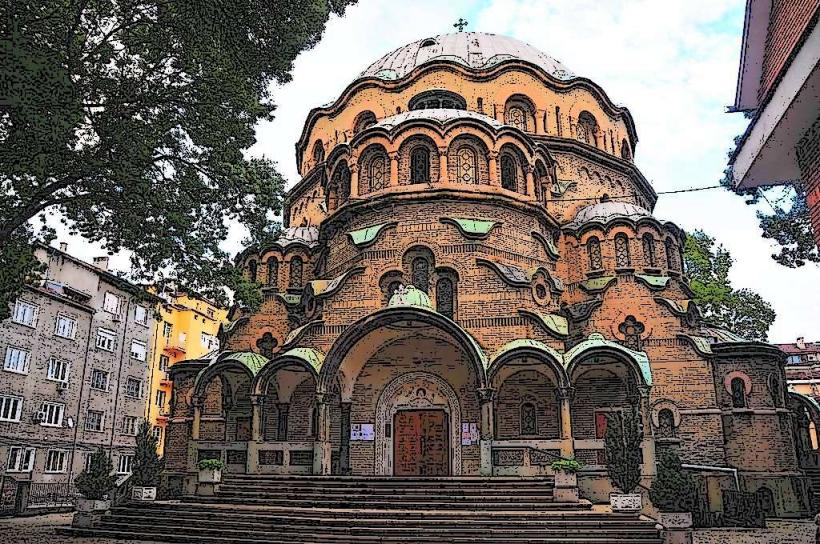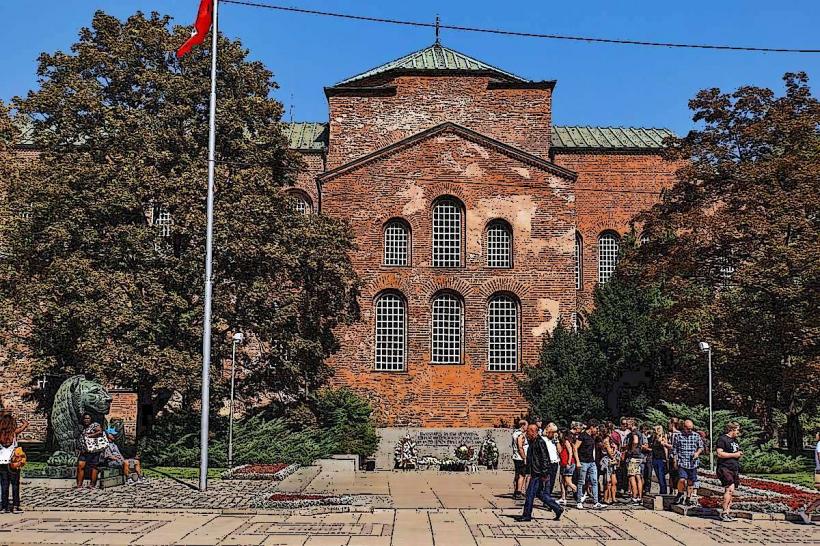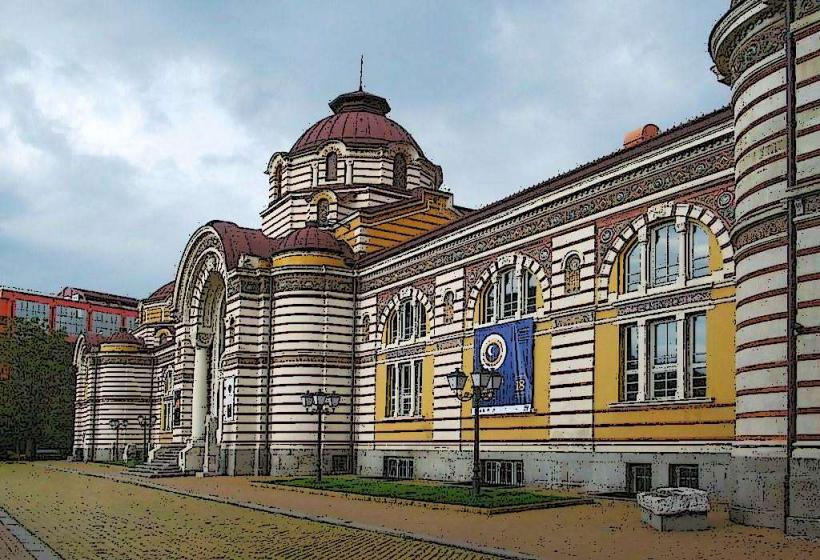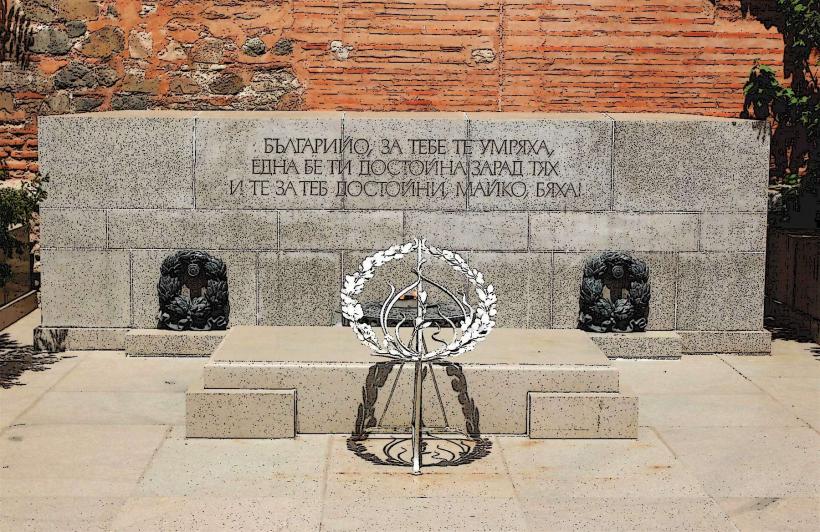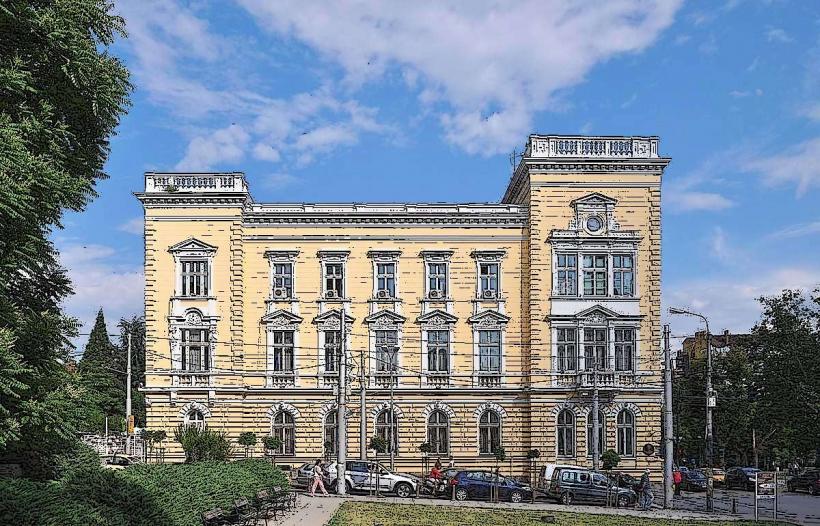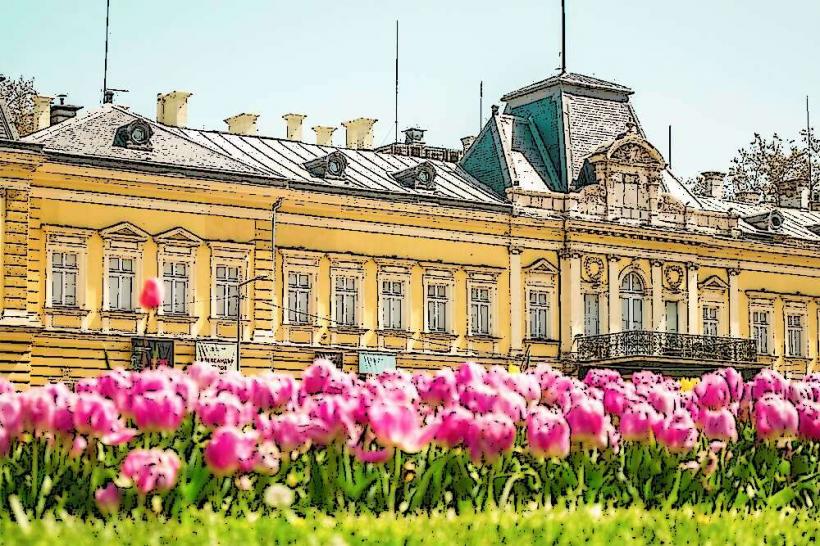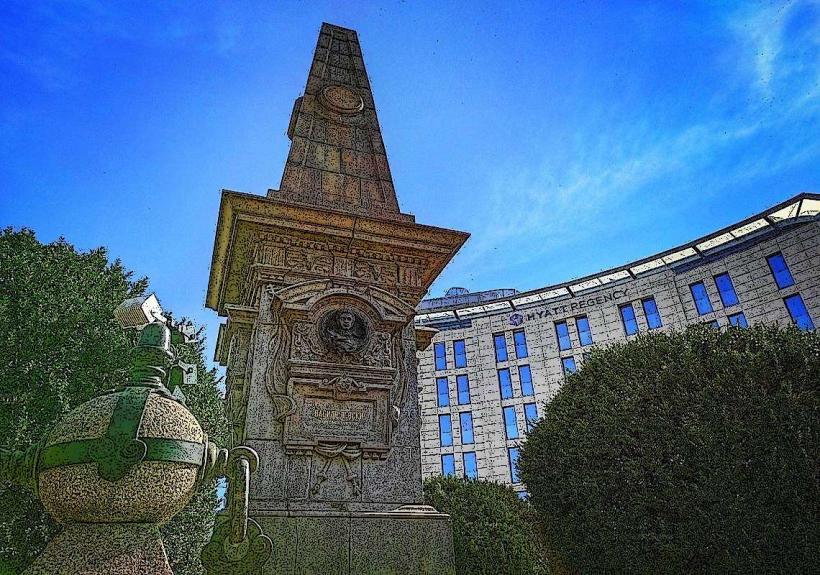Information
Landmark: Sofia MetroCity: Sofia
Country: Bulgaria
Continent: Europe
The Sofia Metro is the rapid transit system serving Sofia, the capital of Bulgaria. It is an important part of the city's public transportation infrastructure, offering an efficient, fast, and eco-friendly means of travel across the urban area. The metro system began operating in 1998, and since then, it has undergone significant expansion, contributing to the improvement of urban mobility in the rapidly growing city.
Key Features and History:
- Opening and Expansion: The first section of the metro, M1, opened in 1998, running from Serdika to Slivnitsa. Since its launch, the system has been expanded to several lines, including M2, M3, and M4, with ongoing projects aimed at further extending the network.
- Lines and Stations: The Sofia Metro consists of four main lines:
- M1 Line (Red Line): Connecting the western and eastern parts of Sofia, it includes major stations such as Serdika, National Palace of Culture (NDK), and Vitosha.
- M2 Line (Blue Line): Running from the northwest to the southwest, it serves key locations such as Sofia University and Mladost.
- M3 Line (Green Line): Serving the northeast to southwest sections of the city, this line includes stops like Obelya and Lozenets.
- M4 Line (Yellow Line): The newest addition, focusing on the south of the city with stations like Lyulin and Krasno Selo.
- Stations and Connections: The metro has over 50 stations across the city and is integrated with Sofia's tram, bus, and trolleybus systems, making it easy for passengers to transfer between different modes of transport. The metro network is known for its high frequency, especially during rush hours.
Infrastructure and Design:
- Modern Stations and Trains: The stations are equipped with modern facilities, including elevators, escalators, and accessibility features for passengers with reduced mobility. The trains are automated and air-conditioned, providing comfort and efficiency for daily commuters.
- Future Development: The Sofia Metro network is expected to grow significantly over the coming years, with ongoing construction to extend the system further to reach suburban areas and reduce traffic congestion in the city center.
Environmental Impact:
- The metro system has helped reduce traffic congestion and air pollution in Sofia, which has traditionally faced significant urban traffic challenges. The use of electric trains and the push for eco-friendly transportation solutions have aligned with the city's sustainability goals.
Ticketing System:
- Fare System: The Sofia Metro operates a contactless smart card system, which allows passengers to load funds and pay for rides at automated ticket machines. Single tickets, monthly passes, and other options are available, offering flexibility for commuters.
Significance and Impact:
The Sofia Metro has proven to be a vital public transportation system for the city, providing an efficient and sustainable way to travel, reduce traffic, and improve the quality of life for residents. The expansion of the metro system is expected to continue to transform Sofia into a more modern, accessible, and environmentally friendly city.
For more detailed information on the Sofia Metro system, including its expansion plans and station guides, you can refer to the official Sofia Metro website or local transportation resources.

